Car AC plays a vital role in your car mechanics as it brings out air that is already compressed from the refrigerant. But suppose there will be an instance wherein the AC does not turn on immediately, and you begin to feel agitated because you don't know why it's happening. Well, continue reading as we provide you with in-depth information for everything you need to know regarding this.
There might be a problem with the AC compressor. This is a common problem that car owners face regarding car AC malfunction. But it is not the only reason.
Here are the lists of reasons why your AC is not working right away and their fixes:
- AC compressor problems: This problem can be caused by different factors, but a car technician's main fix is to get it checked.
- Dirt in the grill or the bumper: Check and clean it for better airflow.
- Problems with the belt: Check the belt around the compressor to see if it is worn or broken and replace it immediately.
- A problem with the fan: If there is no noise from the fan, it needs replacing.
- A leak in the engine: Check if the fitting and seals on the AC engine are still durable. If not, replace them immediately.
- A problem with the AC accumulator filter drier: You simply need to install and lubricate a new O-ring.
- Problem with the AC evaporator: Clean the area surrounding the evaporator and check for any leaks.
When your car AC does not turn on right away, this could lead to a more serious problem, such as losing your car AC because it no longer turns on or the AC only emits low air. To prevent this from happening, you should address the problem right away.
With that in mind, we have listed a well-researched list of possible problems and how to troubleshoot them.
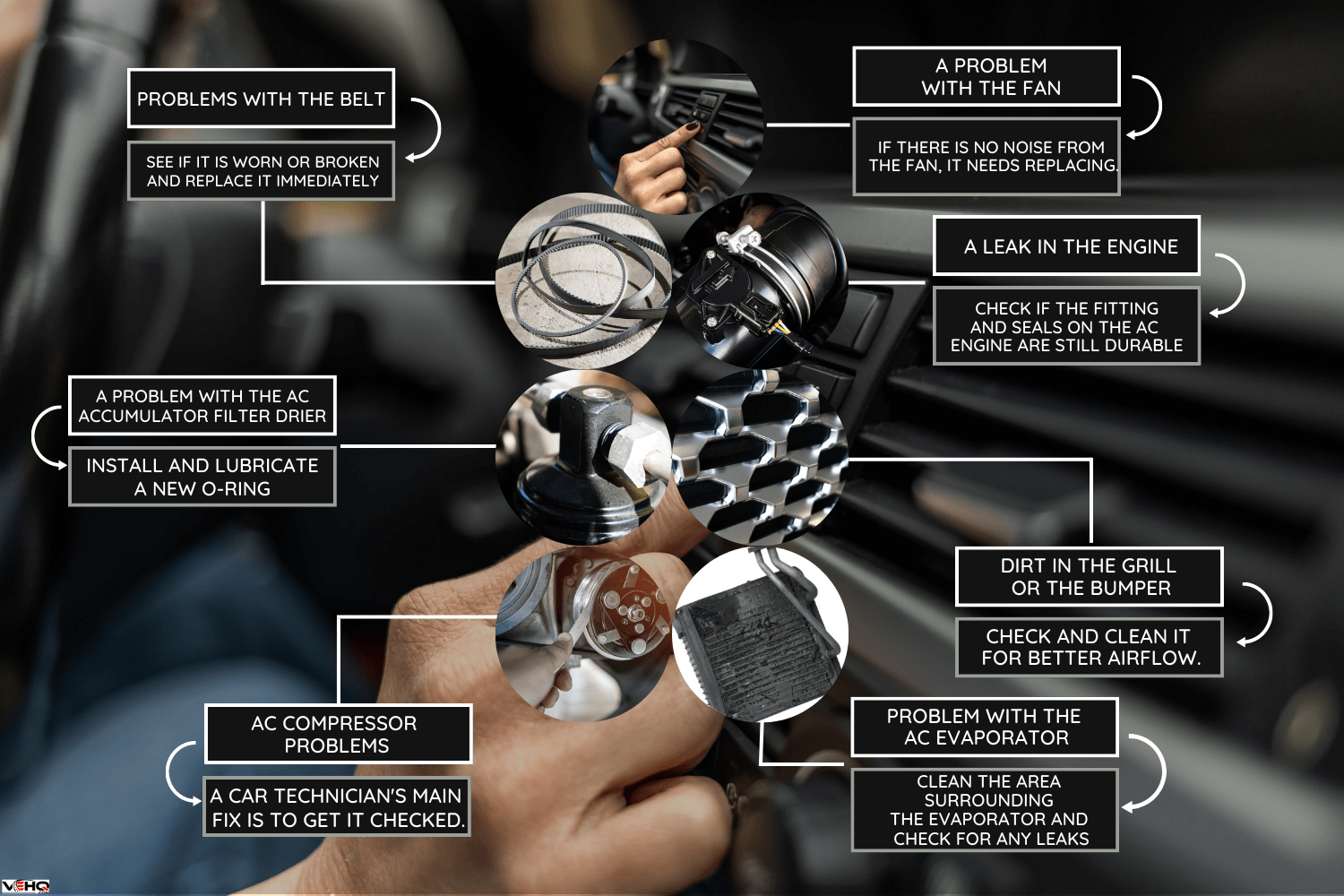
Troubleshooting The Car AC That Does Not Turn On Right Away
Troubleshooting a Car AC can either require a hired professional technician or just yourself. Either way, it is best first to know what causes troubles in your car before you start troubleshooting.
Below are possible reasons why your car AC does not turn on immediately.
AC Compressor Problems
A car compressor is engaged by a pulley, both internal and external. This is also one of the major parts of the car that helps the AC run, as you will find out later on in this blog. This is why, when you are having trouble with your car AC, the first thing that you should check is the compressor.
Troubleshooting Tips
Here are some troubleshooting tips that might help you:
- Check the refrigerant level if it's too low because this can cause the compressor to stop running.
- Check if the compressor is stuck when you engage the clutch. If this is the case, you will need to repair or replace the compressor. If not checked early, this will cause damage to the coil and the clutch.
- The magnetic coil wiring might be damaged. To fix this, you first need to check the continuity between two coils, and if you see a cut somewhere, you will have to replace it.
- If the problem is the clutch cloud is spilling, you can fix this by checking if there is an oil leakage or a worn-out clutch disk. If either of these two exists, simply replace it.
The bottom line is when you think that the compressor is the problem, check the external parts of the compressor first before the inner parts, as in most cases, the problem usually starts outside.
Dirt In The Grill Or Bumper
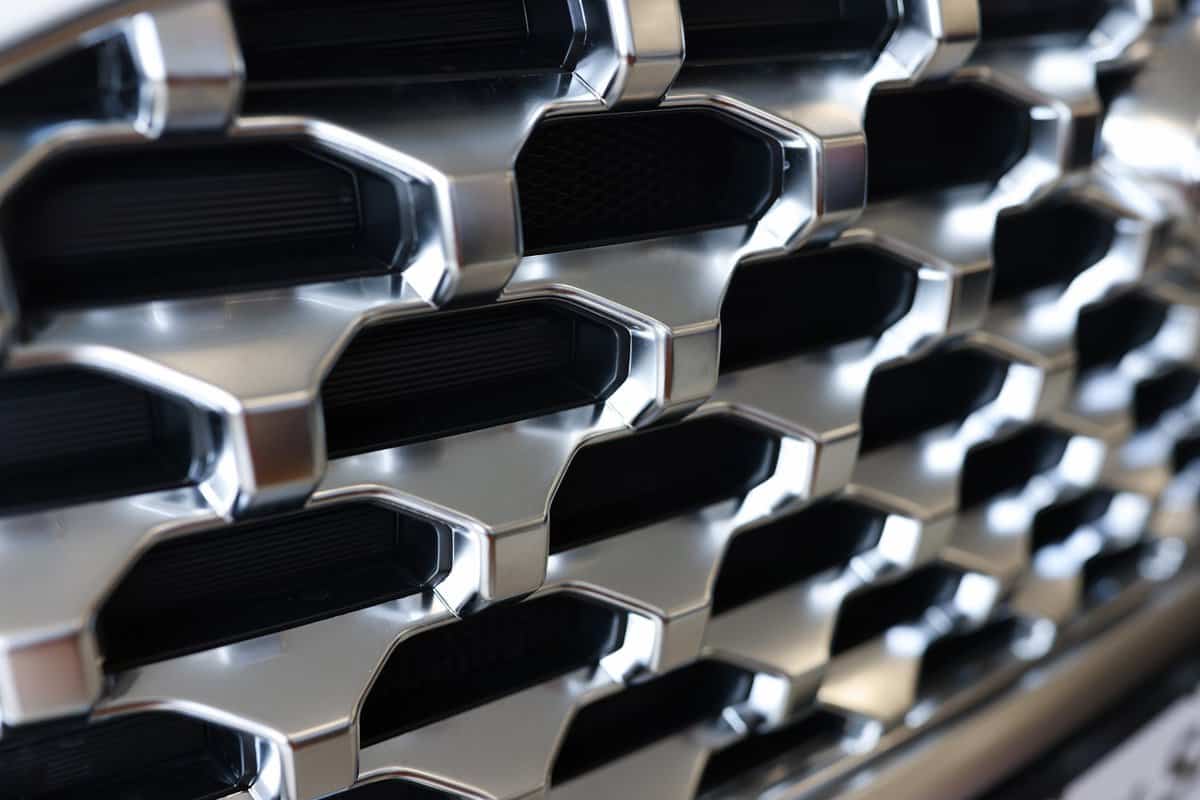
This might surprise some, but debris in the car grill or bumper can cause a problem with your car's AC. But because the AC compressor unit is located near this area, debris can block and cause problems in certain functions in the compressor itself.
If the outdoor coil in the compressor is blocked, it cannot properly dissipate the heat effectively. However, it is also worth noting that the indoor portion of your compressor can also be susceptible to debris. This is why having your compressor checked once in a while is important.
If this kind of problem arises, clean off the debris and check if your AC is not malfunctioning anymore.
Problem With The Car Belt
The AC car belt is located around the compressor itself, which is why having a damaged car belt can also cause problems with your AC.
This serves as the connection between the AC compressor clutch to the engine crankshaft, which then activates the compressor as soon as the car engine is turned on.
If upon checking the belt, there is damage, such as hearing a squealing noise in the AC when turned on, cracks in the AC belt, unable to defrost the windshield, the AC belt is broken, or the AC won't turn on automatically, the simple solution to this would be to replace the belt itself.
Check out this standard V-ribbed serpentine belt at Amazon.
Problem With The Fan
Having a faulty fan can cause your AC compressor to overheat, given the fact that it has a lot of functions. When your fan is working correctly, you will hear a motor running as soon as you turn on your AC.
Otherwise, your fan could be faulty. The same goes for when lukewarm air starts coming out from the car vent or when your car overheats when idle.
The simple way to fix this problem is to replace the car AC cooling fan and make sure to check it once in a while.
Leak In The Engine
Seeing as the car is also an engine-driven invention, one of the problems that might also cause the malfunction of your car's AC is engine leaks.
The first thing that you need to do is check if there is a leak by using a leak detector around the AC hose. If there is a leak, take your car to a professional mechanic and get the hose replaced.
Check out this Amazon's choice AC leak detector at Amazon.
For more insight, check out this post on "Car AC Leaking Water – What Could Be Wrong?"
AC Accumulator Filter Drier Problem
The AC accumulator/dryer/receiver also has a vital role in fulfilling when it comes to AC. The common signs that you should look for when you have a problem with this part of the AC will be the following:
- Rattling noises when the AC is in use.
- Refrigerant leak.
- A moldy smell as soon as you turn on your AC.
If one or all of these things start to occur, the best way to fix it is to get your car checked by a professional technician or mechanic and get it fixed.
AC Evaporator Problem
The AC evaporator is the one that regulates the AC temperature. If this becomes faulty, it might cause a sudden malfunction in the air that the AC blows, as in this case, the AC might not turn on right away.
Damage in this part might disrupt the flow and proper distribution of the liquid components in the compressor.
When this happens, the outer seal must be damaged, or there is corrosion inside the evaporator. To fix this, you simply have to schedule an AC inspection with a car technician or mechanic and make sure that it is appropriately diagnosed.
For more insight, check out this post on "Car AC Stops Working After A Few Minutes – What's Wrong?"
Major Parts In Your Car AC
A car AC has major parts that make the AC runs smoothly as possible. To further know how your car's AC works and how to troubleshoot it in times of need, we have provided you with its major parts.
1. Car AC Compressor
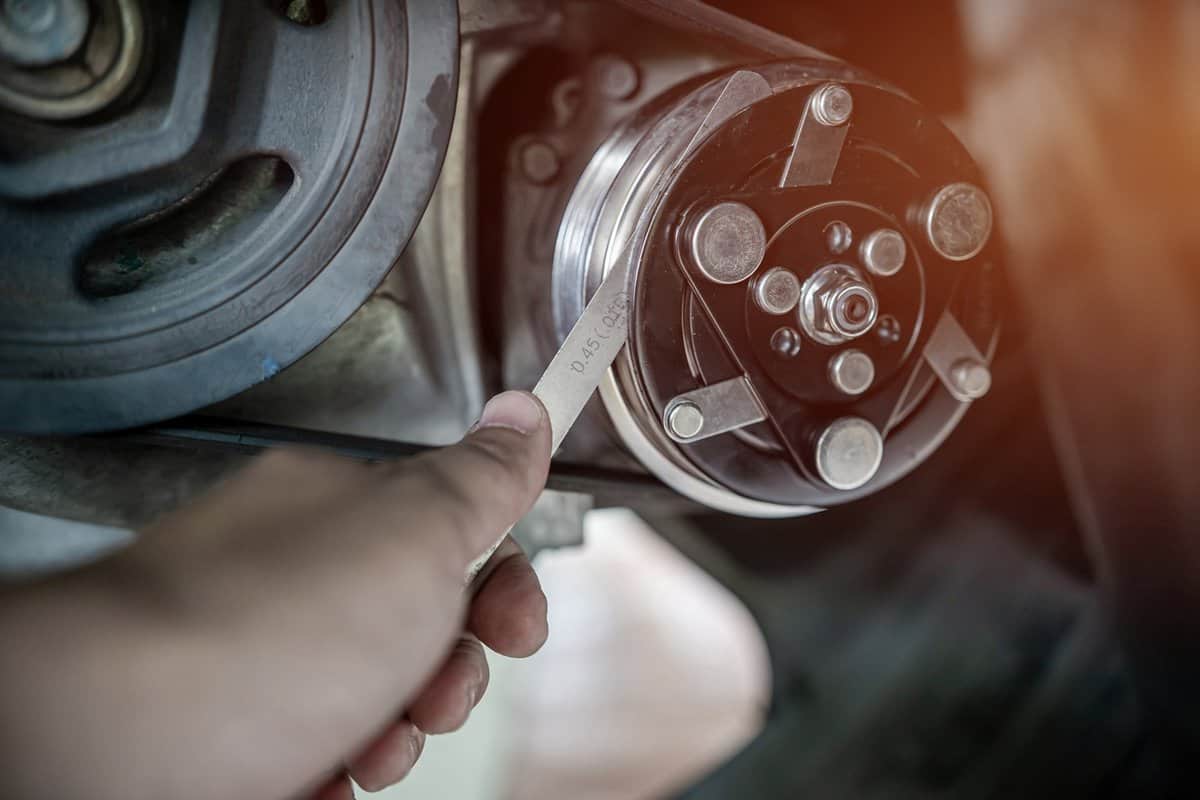
The car AC compressor is one of the major parts of a car AC. It helps pressurize the refrigerant to cool the air and monitor the temperature output. It also is the one responsible for moving the air into the condenser and sensing the temperature change from both in and out of the car.
2. Condenser
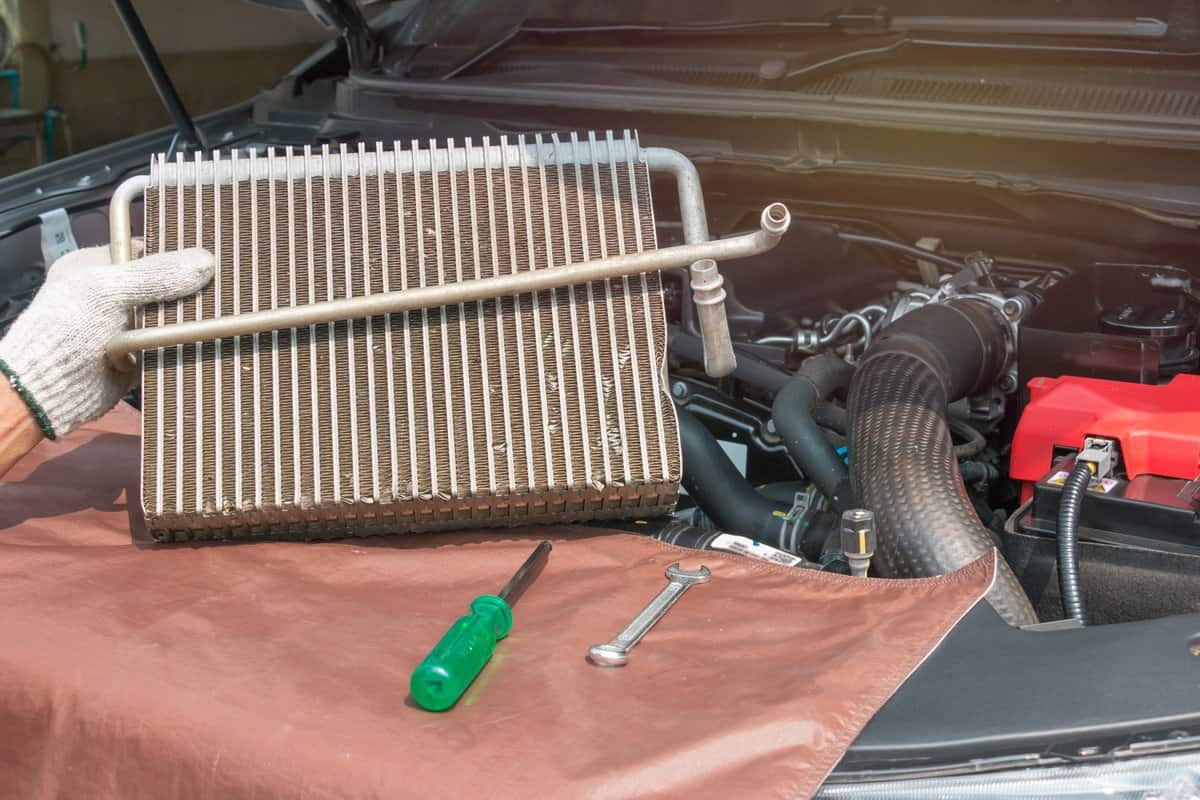
A condenser serves as the one that reduces the temperature and pressure of hot gasses that are coming from the pressurized refrigerant.
This also serves as the transportation system for moving the cooled liquid refrigerant into the dryer or accumulator. This is why cleaning it regularly is essential to avoid AC malfunction.
3. Receiver or Accumulator
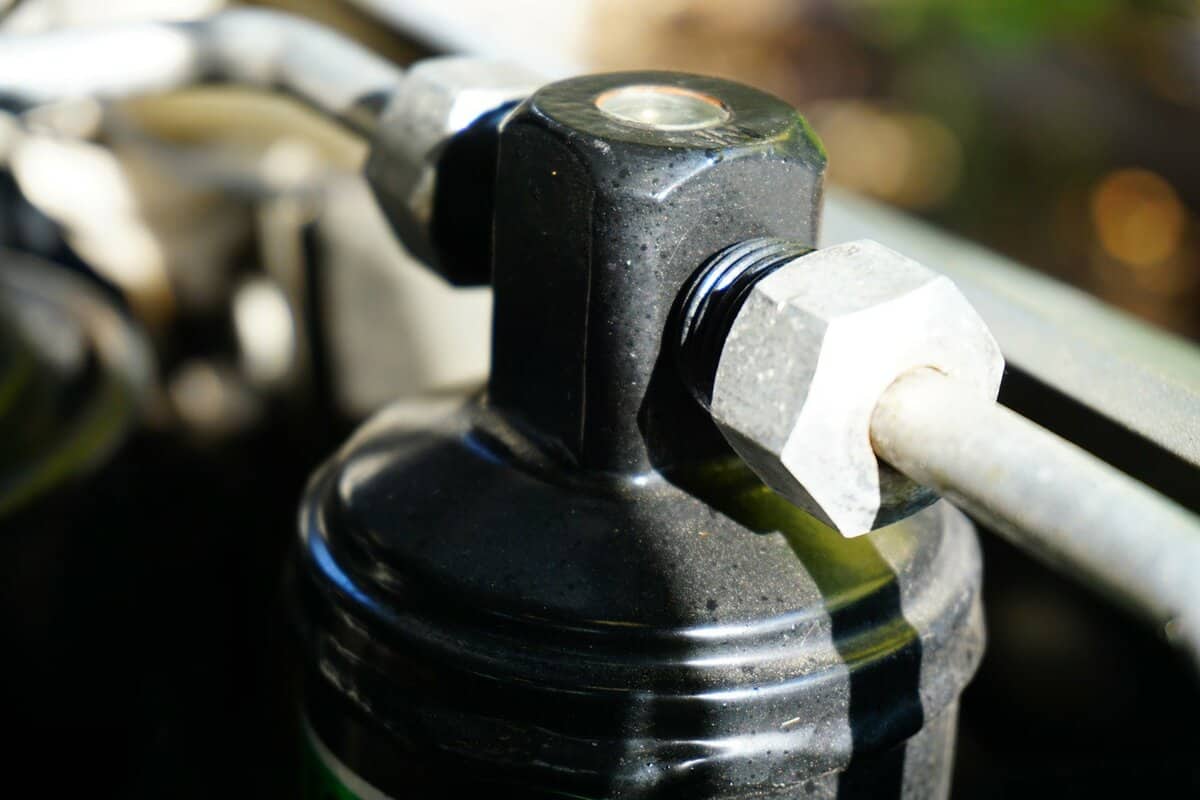
As said earlier, the cooling liquid from the refrigerant transfers to the receiver/dryer/accumulator from the condenser.
What the accumulator does now is responsible for separating the gas from the liquid because a compressor will get ruined if it gets in contact with liquids.
Take note, however, that some cars do not have this part of their car model because this is usually present in vehicles that have a thermal expansion valve. While an accumulator is found on vehicles with an orifice tube.
4. Thermal Expansion Valve Or Orifice Tube
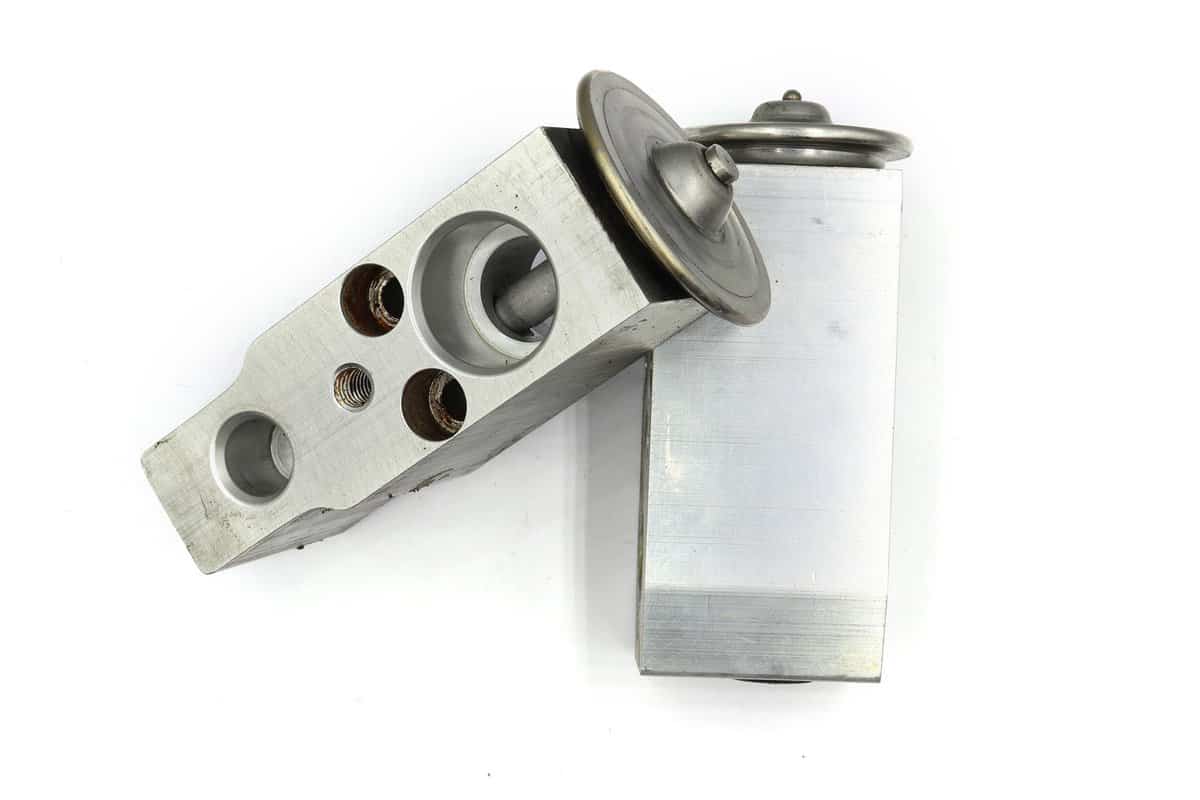
A car having either a thermal expansion valve or an orifice tube can help in the flow of the accumulator. It monitors the amount of pressure and temperature that your AC has. It also computes how much refrigerant can get in the evaporator for safety purposes.
What it does is generate and control the flow of the refrigerant into the dash.
5. Evaporator
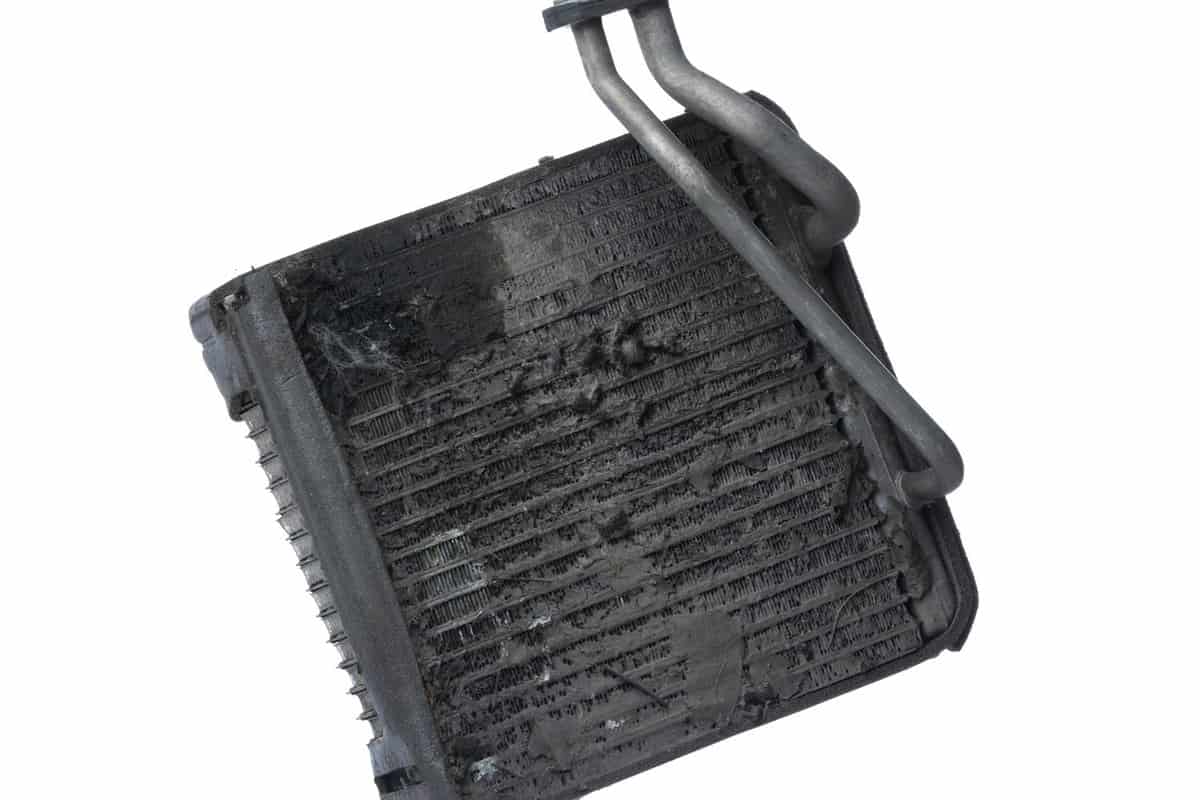
This part is as crucial as the car AC compressor if you want to have cold air in your car before it even blows into the vehicle. It is known to look like a radiator.
The evaporator serves as the heat exchanger in your car's AC system and is usually located in the passenger's car compartment. This is why checking it once in a while is important.
Check out this post on "Car AC Stops Working On Highway—What's Wrong?" for more insight.
Conclusion
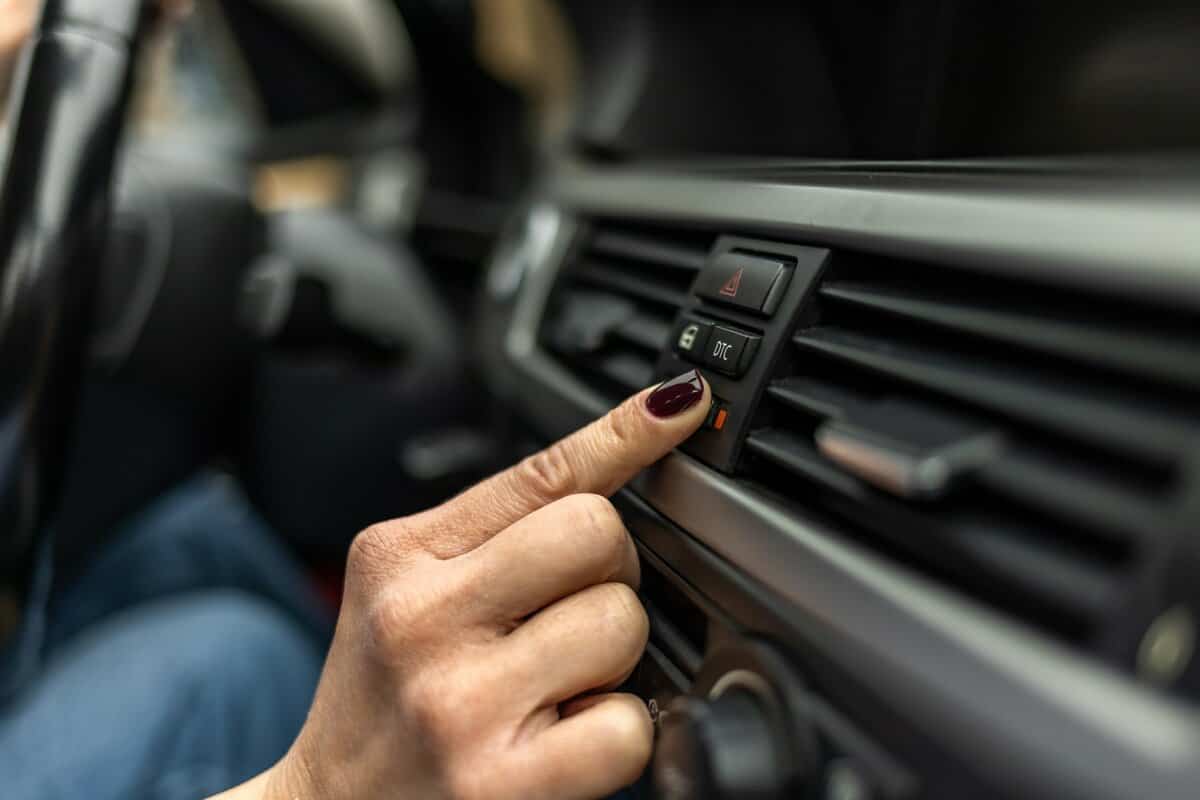
In summary, there are several reasons why your car AC won't turn on right away. The important thing to remember is when problems like this arise; it is best to schedule your vehicle for an appointment with a professional technician or mechanic.
This ensures you get your car AC properly fixed and safe to use.


